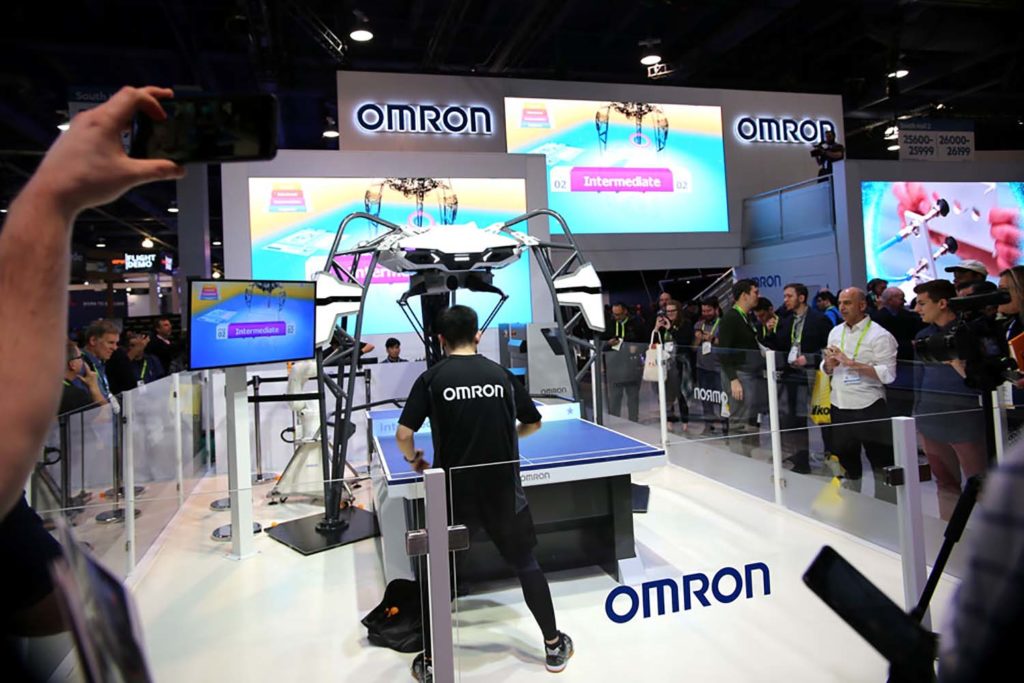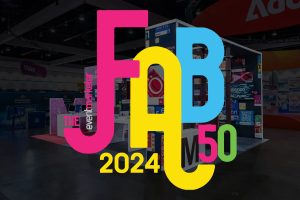There was a time in the events and trade show industry when 3D architecture was king. One of our Account Executives refers to this time as the “Workstation Era.” Back then, he says, the most important piece of design information was to know how many workstations a client wanted in their booth. Then, the booth was designed entirely around the stations. But times have certainly changed, and trade shows are an investment, and businesses expect more out of their investment. Trade show managers are asked to justify the investment and prove ROI on their spend. Rightfully so!
LOOKS AREN’T EVERYTHING
It’s what’s on the inside that counts, which is also true for trade show booths. Spending the most money doesn’t guarantee a positive result; it’s about spending it wisely and investing in engagement that creates a memorable experience. The modern-day trade show attendee expects entertainment and responds best to a personalized experience that speaks to solving their problems. Sure, a large and beautiful booth might draw them in, but an experience that keeps their attention after they arrive is crucial.
THINK BIG PICTURE
The design of your trade show booth is just one element of a much bigger picture—and plan. It’s the physical embodiment of your brand and a carrier for your message, but it doesn’t carry that weight alone. Consider it just one piece of the puzzle, helping to support your pre-show, show, and post-show plan to communicate your unique offering to clients and prospects. Creating that “golden thread” will help not only get your message across but help it to be remembered long after they leave the space. The booth is their destination, but everything you do leading up to and after that experience matters.
WHAT ABOUT TECHNOLOGY?
Ah, the age-old question. Technology is an integral part of our everyday lives, so why not include it in your trade show booth design? You should, but never just for the sake of technology. Think of tech with a purpose that supports your message and helps you hit your goals. Likewise, technology is not a requirement—in fact, we anticipate nostalgic engagement will be a big trend in trades shows for 2019. “Throwback” games like Plinko and nostalgia-inducing sounds like the click of a prize wheel can capture the attention and hearts of attendees even without a digital component.
THE CUSTOMER IS KING
Appealing to your customer’s emotion and needs on the show floor starts with a great first impression. But gone are the days of just drawing a crowd with a flashy booth design that turns heads. Staying competitive means truly understanding your customers: understanding the problems they face, what keeps them up at night, and how you can help them find solutions and get a good night’s rest. It’s not about kiosks or demo stations, it’s about asking the right questions: Why are they attending the show? What do they already know about your product or service? What do you want them to do, think or know after they leave your booth? Designing with your answers to those questions will help you appeal to customer and prospects alike.
Engagement, meaningful face-to-face interactions, quality conversation—it all happens around meaningful engagement. Every aspect of your booth design should center around serving your ideal customer. A booth isn’t just a booth: it’s an experience for every single person who walks by or steps foot inside—and it’s best served by a design that has the customer in mind every step of the way.











